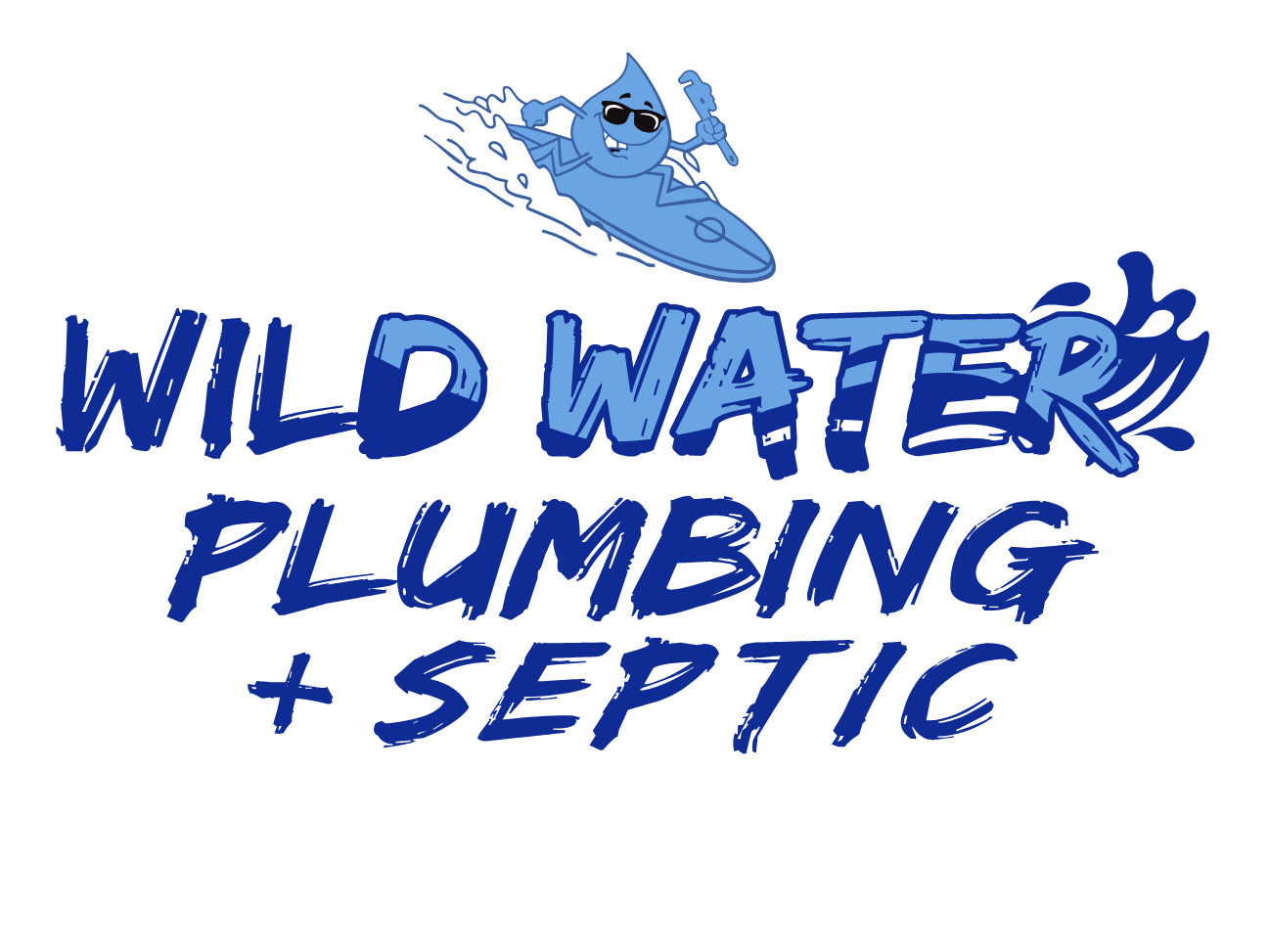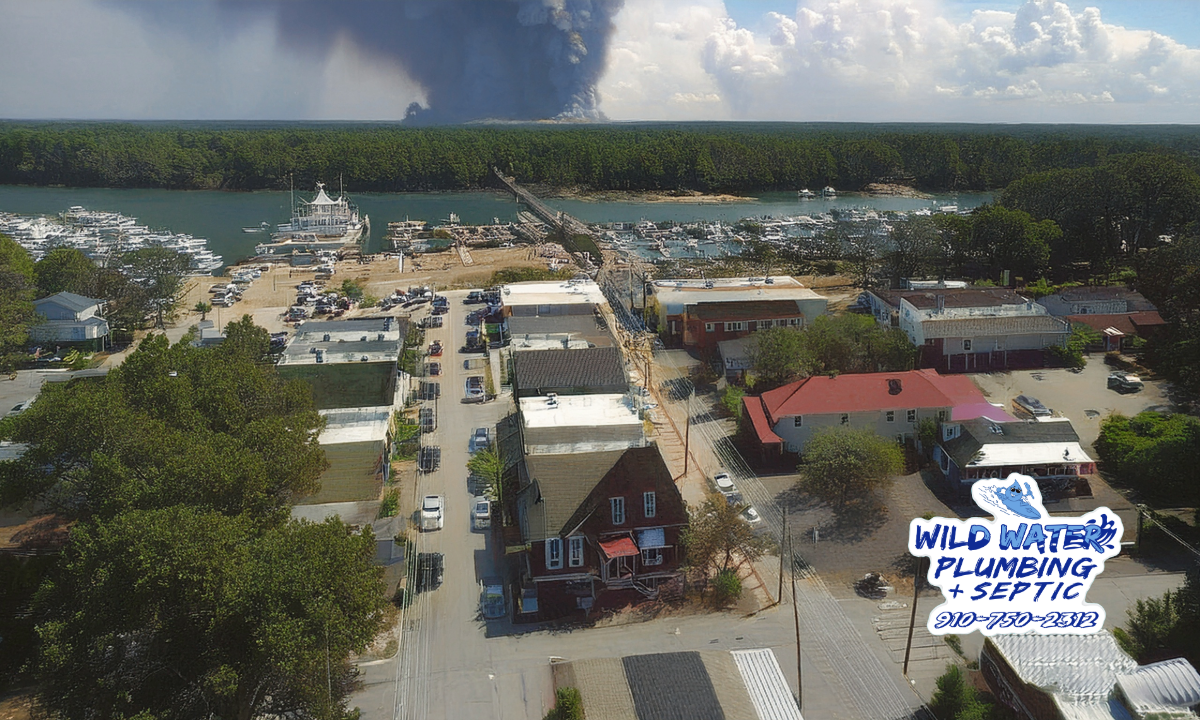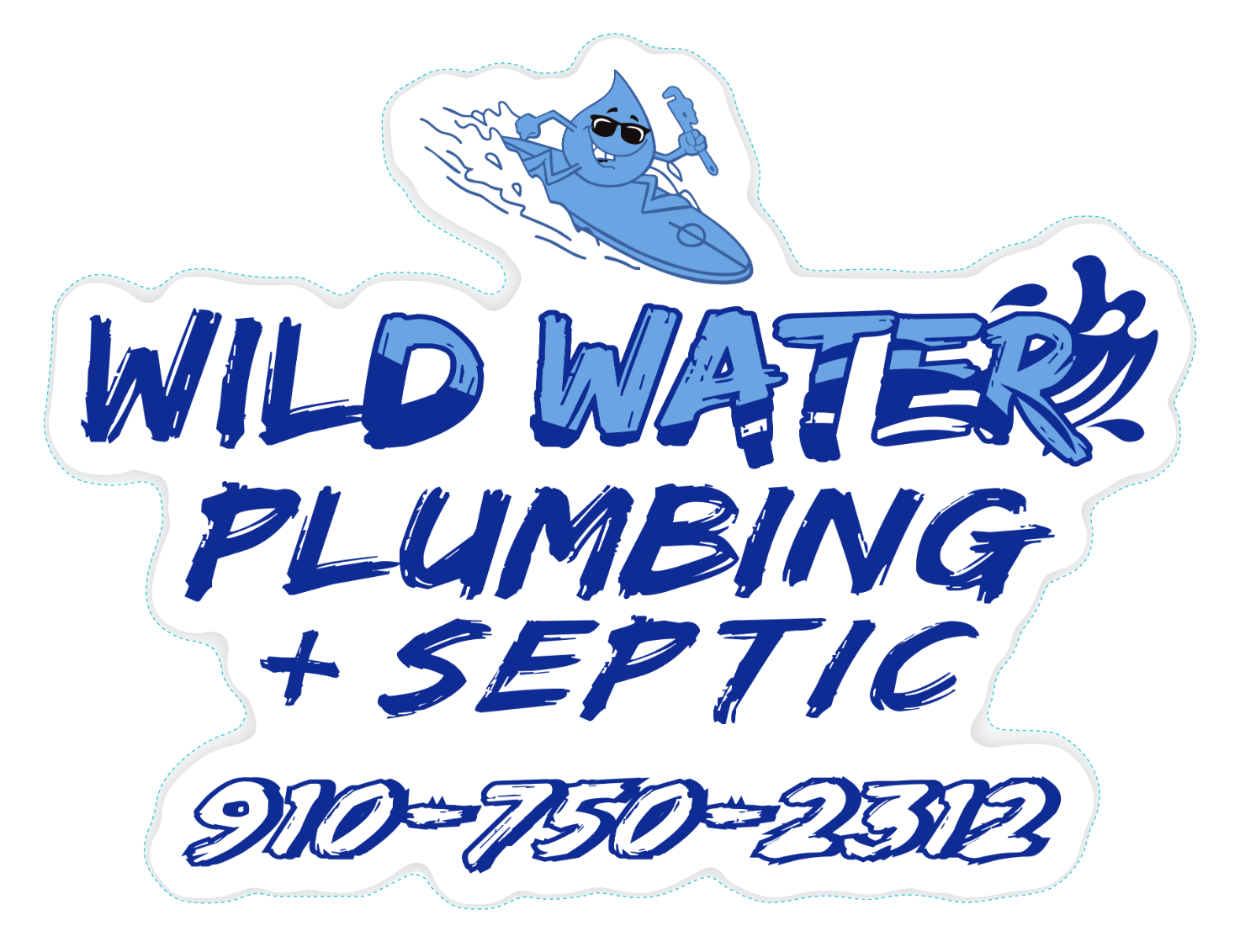By Justin Wilder, Owner of Wild Water Plumbing | Septic Systems
Sneads Ferry Is One of the Toughest Places for a Septic System to Survive
Sneads Ferry is one of my favorite places to work. It has that perfect mix of coastal charm, marshland beauty, military families, and hardworking locals.
But the same things that make this place beautiful also make it incredibly difficult on septic systems.
If you live near the New River, Goose Creek, Fulcher’s Landing, The Preserve, Chadwick Acres, or any neighborhood close to the marsh or Intracoastal waterway, your septic system is constantly fighting:
- coastal flooding
- sandy soil
- rising groundwater
- salt intrusion
- heavy summer rainfall
- tree roots from dense wooded areas
So it’s no surprise that Sneads Ferry sees some of the highest septic failure rates in Onslow County.
But most failures start with very common problems, and almost all of them can be prevented if you know the warning signs.
Let me break down the failures I see most often in Sneads Ferry and what you can do right now to avoid a major system collapse.
Drain Field Saturation from High Groundwater
Sneads Ferry sits on a naturally wet foundation. Marshlands, tidal influence, and shallow groundwater levels make the soil hold water longer than inland towns.
What this causes
- wastewater cannot filter into the soil
- drain fields constantly stay wet
- tanks fill faster
- sewage odors appear outside
- gurgling drains inside the home
When your drain field is already saturated, even everyday household water use can overwhelm the system.
Where it’s worst
Homes closer to the marsh, near the edges of Stone Bay and the New River, and homes with shallow lots see the fastest saturation.
Saltwater Intrusion After Storms
Sneads Ferry backs right up to coastal water.
That means storm surge and high tide cycles push saltwater into the soil far more often than people realize.
Salt destroys septic systems by:
- killing essential bacteria in the tank
- corroding older concrete tanks
- damaging metal fittings
- speeding up drain field clogging
- drying out and cracking PVC joints over time
Even one heavy storm or king tide can push saltwater far inland, especially for homeowners near back marshes.
Clogged or Collapsed Field Lines
Field lines in Sneads Ferry clog for three main reasons:
Tree root invasion
Neighborhoods with older trees, like around Sneads Ferry Road or in quiet wooded communities, have aggressive root systems that crack lines and clog trenches.
Grease and solids escaping the tank
If the tank hasn’t been pumped in years, solids migrate into the drain field and block the lines.
Flooding pressure
When the soil becomes saturated, field lines collapse under soil weight or shift position.
Once a field line becomes blocked, your drain field loses the ability to disperse wastewater and your whole system begins to fail.
Fast Tank Filling and Backups
One of the most common complaints I get from Sneads Ferry homeowners is:
“My septic tank fills way faster than it used to.”
This usually means:
- your drain field can’t accept water
- your tank is overloaded
- groundwater is pushing into the system
- solids aren’t breaking down
- something underground has collapsed
If your tank fills up months faster than it did before, you’re at the early stages of failure.
Strong Sewage Odors in the Yard
Sneads Ferry is humid and breezy, with marshland conditions that trap sewage odors close to the ground.
Odors usually mean:
- wastewater is rising toward the surface
- the drain field is oversaturated
- your tank is backing up
- gases aren’t venting properly
- the system isn’t breaking down waste
Odors should never be ignored. They are one of the strongest early warning signs.
Soggy Spots and Bright Green Grass
This is a classic sign of septic failure all across coastal NC, but it’s especially common in Sneads Ferry.
If your yard has:
- constantly wet patches
- spongy ground
- bright green stripes over the drain field
- puddles that appear after light rain
Your drain field is most likely saturated or leaking.
How to Avoid Septic Failures in Sneads Ferry
You can’t change the coastal environment, but you can stay ahead of the problems.
Here’s what I recommend to protect your system.
Pump your tank every 3–5 years
Sneads Ferry systems fill faster due to wet soil conditions.
Install an effluent filter
This keeps solids out of the drain field.
Upgrade to EZflow coastal drain fields
They drain better and resist collapse in sandy soil.
Improve stormwater drainage
Redirect gutters and surface water away from the drain field.
Trim or remove trees near the drain field
Roots are among the biggest culprits in line damage.
Schedule a seasonal inspection especially before hurricane season
Your system should be evaluated every year in coastal towns.
Use septic-safe cleaning products
Avoid chemicals that kill tank bacteria.
Consider raising the drain field
Homes near marshes or low-lying lots benefit greatly from a raised system.
Protect Your Sneads Ferry Home Before the Problem Gets Worse
Sneads Ferry is a beautiful place to live, but the environment puts intense strain on your septic system.
Slow drains, odors, wet spots, and tank overfilling are not normal; they’re warnings.
I’m Justin Wilder, owner of Wild Water Plumbing.
If your system is showing signs of early failure, the sooner I inspect it, the more we can save.
I’ll inspect your system, find hidden problems, and help you avoid a complete septic breakdown in Sneads Ferry.
Stay safe and prepared, Jacksonville.
– Justin Wilder, Owner
📞 Call or text me directly at (910) 750-2312 to schedule your storm check today.
Wild Water Plumbing—Local, Veteran-Owned, and Always Ready.
—


